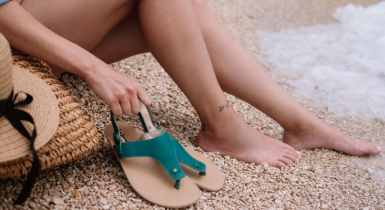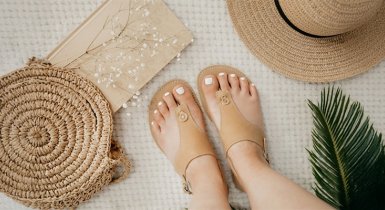Foot-Related Health Issues in Adults: Causes, Prevention, and How Barefoot Shoes Can Help

Our feet quietly carry us through life — supporting, balancing, and stabilizing every movement we make. Yet they’re often neglected, squeezed into ill-fitting shoes, and left to handle more stress than they were designed for. Over time, this leads to discomfort, pain, and even long-term deformities. In this blog, you’ll learn about the most common foot-related health problems in adults, what causes them, and how to prevent or treat them effectively. We’ll also answer one key question: Can barefoot shoes help prevent foot deformities and chronic pain?
Contents
- What are the most common foot health issues and deformities?
- What causes ingrown toenails and how can they be prevented?
- How does plantar fasciitis develop and what can help?
- What is hallux valgus (bunion) and how can you manage it?
- How can you prevent hammer toes and maintain healthy posture?
- What causes heel spurs and how can you relieve the pain?
- How to deal with calluses and corns safely?
- What is metatarsalgia and how can you prevent it?
- Are barefoot shoes an effective prevention method?
What are the most common foot health issues and deformities?
Foot problems are among the most frequent causes of discomfort in adults. Around half of all adults experience a foot-related condition at some point in life.
The most common include:
- Ingrown toenails
- Plantar fasciitis
- Hallux valgus (bunion)
- Hammertoes
- Heel spurs
- Calluses and corns
- Metatarsalgia
While some issues affect the skin and nails, others impact bones, joints, or soft tissues. Understanding their causes and prevention is key to maintaining mobility and comfort as we age.

What causes ingrown toenails and how can they be prevented?
Ingrown toenails occur when the edge of the nail grows into the skin, leading to redness, swelling, and pain — most often on the big toe.
This condition can result from:
- Cutting toenails too short or rounding their edges
- Wearing tight, narrow shoes
- Repetitive pressure from sports or trauma
- Genetics or an irregular nail shape
Early care includes soaking the toe in warm water, using gentle antiseptic compresses, and applying pharmacy ointments like Ichthamol. If the condition worsens, seek care from a podiatrist who may use a corrective nail brace.
Prevention tips:
Cut nails straight across, avoid shoes that squeeze the toes, and choose models with a wide toe box — such as Be Lenka barefoot shoes that allow toes to move naturally.
How does plantar fasciitis develop and what can help?
Plantar fasciitis is one of the most common causes of heel pain in adults. It involves inflammation of the thick band of tissue that connects your heel to your toes. The pain is often sharpest in the morning or after rest.
Main causes:
- Overuse, long periods of standing, or running
- Overweight or obesity
- Inadequate footwear with poor support
- Flat or high arches
Treatment and prevention:
- Regular stretching of calves and Achilles tendon
- Using ice or anti-inflammatory medication if needed
- Wearing barefoot or minimalist footwear to promote natural gait and relieve heel strain
- Maintaining a healthy weight
Barefoot shoes encourage midfoot landing, helping distribute pressure evenly and prevent chronic heel tension.
What is hallux valgus (bunion) and how can you manage it?
A bunion (hallux valgus) is a bony bump at the base of the big toe that causes it to lean inward. It affects over 20% of adults and becomes more common with age.
Causes:
- Genetics
- Tight or high-heeled footwear
- Overweight or prolonged standing
Treatment options:
- Wearing shoes with a wide toe box and no heel elevation
- Using toe spacers and foot-stretching exercises
- Anti-inflammatory medication for swelling
- Surgery for advanced cases
Prevention:
Opt for zero-drop, foot-shaped shoes that allow natural toe alignment — for example, the Be Lenka Rebound sneakers designed to distribute body weight evenly.
How can you prevent hammer toes and maintain healthy posture?
Hammer toes develop when tendons tighten from years of wearing shoes that compress the toes or force the foot forward, such as high heels.
Prevention and care:
- Avoid narrow or pointed shoes
- Strengthen and stretch your toes regularly
- Keep a healthy weight
- Wear flexible, foot-shaped shoes that let the toes extend naturally
Barefoot footwear provides the space and flexibility your feet need to move freely, helping prevent the tendon shortening that causes hammer toes.
What causes heel spurs and how can you relieve the pain?
Heel spurs are bony growths that develop under the heel bone, often connected to plantar fasciitis. They cause sharp pain when walking or standing.
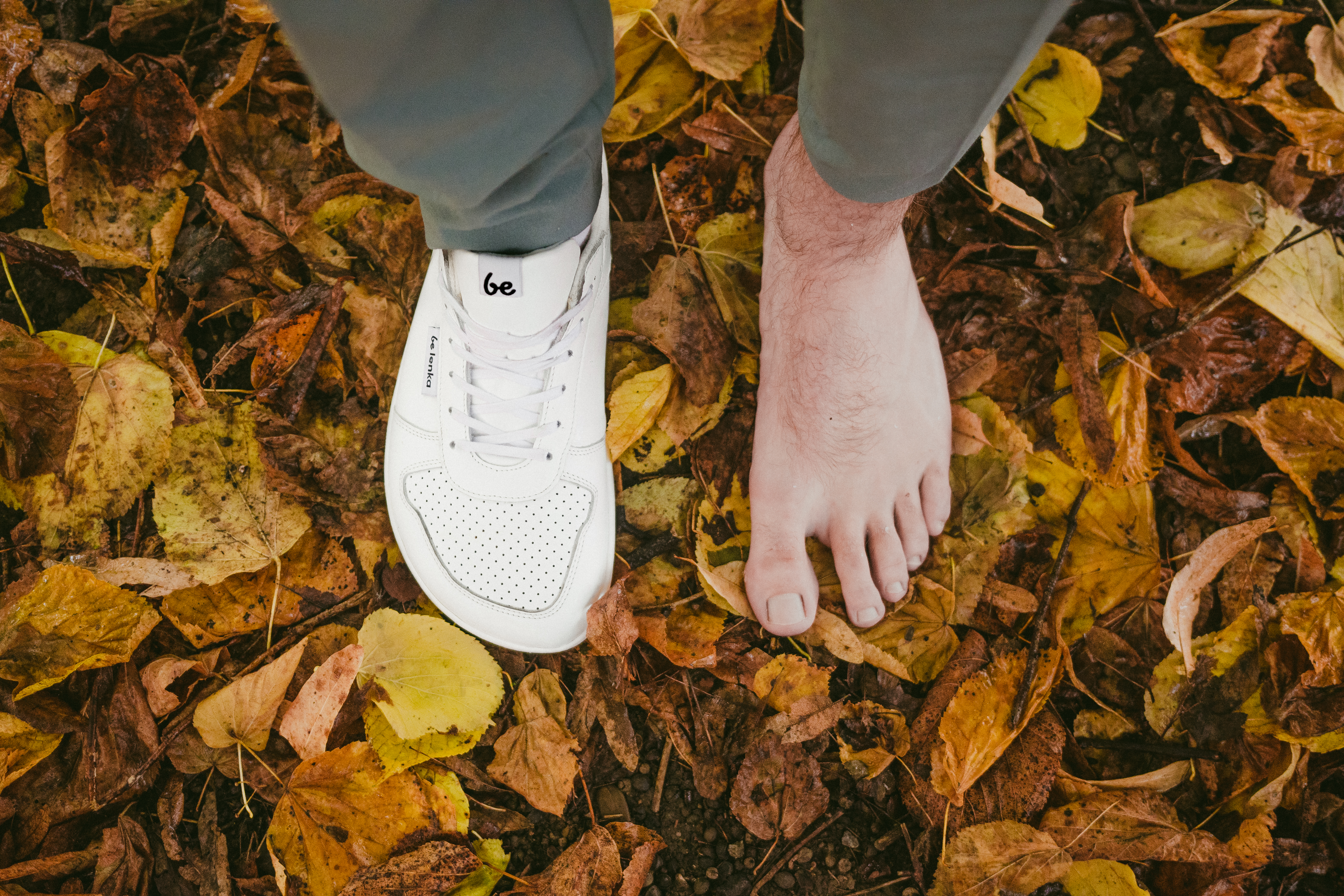
Common causes:
- Repetitive strain and excessive heel pressure
- Inappropriate footwear
- Age-related changes or flat feet
- Overweight
Treatment:
- Physiotherapy and stretching
- Cold compresses and ultrasound therapy
- Wearing shoes that promote natural movement
- Surgery only in extreme cases
Switching to lightweight, flexible shoes that allow natural foot function, like barefoot models, often brings significant relief.
How to deal with calluses and corns safely?
Calluses and corns develop as a protective response to repeated friction or pressure — often from tight or hard shoes.
Difference:
- Calluses are larger, flat, and usually painless.
- Corns are smaller, round, and often painful due to a deep core.
Treatment:
- Soak and gently file thickened skin
- Avoid cutting or puncturing
- Use protective pads to reduce friction
- Seek professional care for persistent corns
Prevention:
Wear breathable, well-fitting shoes and moisture-wicking socks. Regular foot care helps prevent recurrence.

What is metatarsalgia and how can you prevent it?
Metatarsalgia causes pain in the ball of the foot — typically due to overload, poor footwear, or high-impact activity.
Symptoms:
Burning, stabbing pain, and tingling in the toes.
Prevention and relief:
- Avoid narrow shoes and high heels
- Choose lightweight shoes with a wide forefoot
- Stretch and strengthen your foot regularly
- Use ice and rest during flare-ups
Barefoot shoes allow natural toe splay and even weight distribution, reducing forefoot pressure.
Are barefoot shoes an effective prevention method?
All these conditions share one common factor — inappropriate footwear. Shoes that squeeze, lift the heel, or limit movement disrupt the body’s natural biomechanics.
Barefoot shoes, like those from Be Lenka, are designed to mimic natural movement.
They feature:
- A zero-drop sole for natural alignment
- A wide toe box for toe mobility
- A thin, flexible sole for proper foot feedback
These features strengthen muscles, improve posture, and help prevent deformities. Barefoot shoes can’t reverse advanced problems but serve as a highly effective tool for prevention and early correction.
Your feet are your foundation — every step begins with them. Paying attention to their health prevents pain that can affect your knees, hips, and back. By choosing natural, flexible footwear and maintaining healthy habits, you can keep your feet strong and mobile for life.
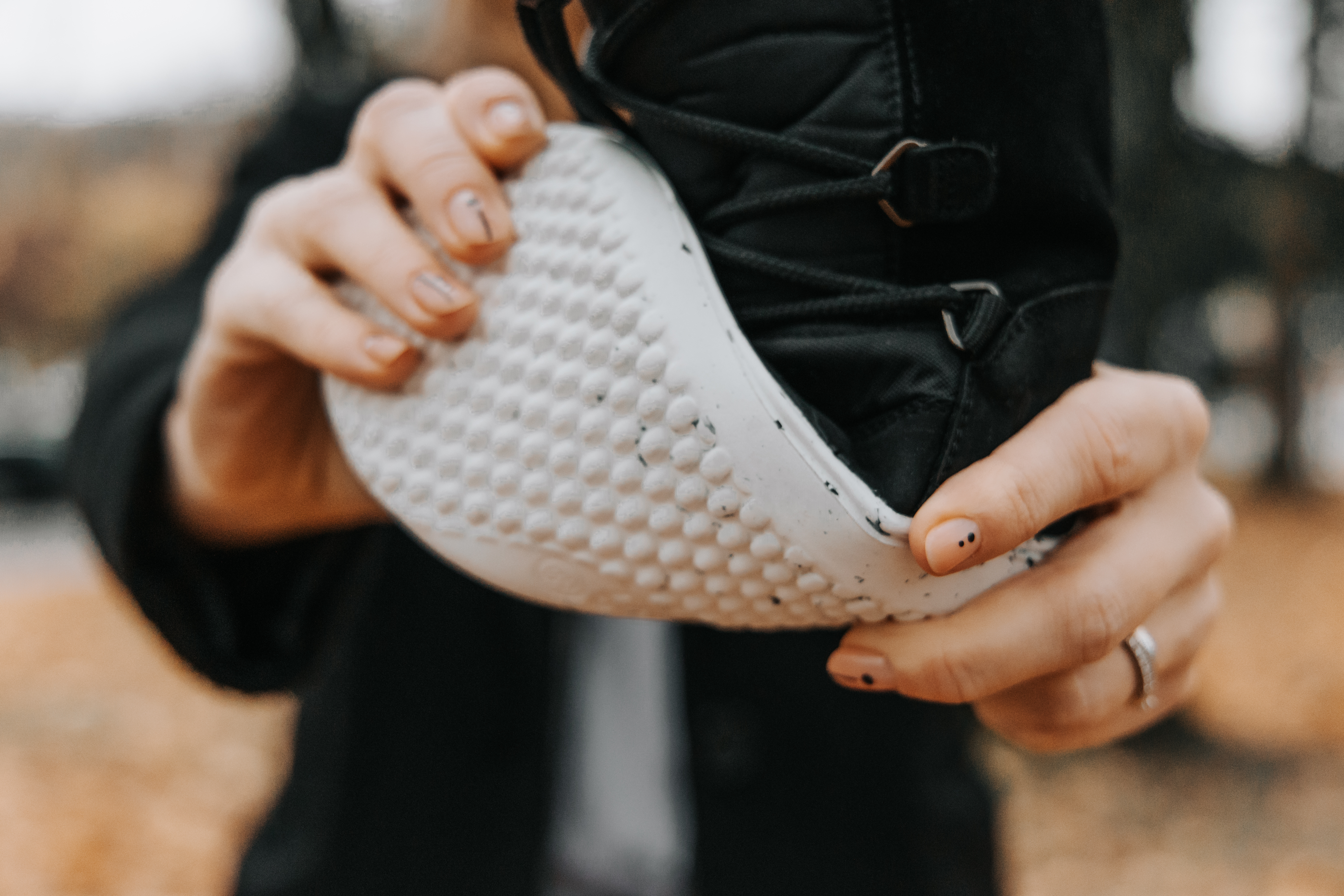
Sources
- Holowka, M., & Wallace, I. J. (2021). Barefoot walking: Implications for foot mechanics and injury prevention. Journal of Foot and Ankle Research, 14(1), 1–9.
- Zeininger, A., et al. (2022). Minimal footwear and foot health: Evidence from long-term studies. Frontiers in Sports and Active Living, 4, 888125.
- Franklin, S., & Grey, M. J. (2023). The transition to barefoot running: Muscle activation and adaptation. Sports Medicine, 53(4), 673–688.
- Huffer, D., & Stull, J. D. (2020). Footwear, posture, and musculoskeletal health: A biomechanical review. Journal of Applied Biomechanics, 36(5), 383–395.
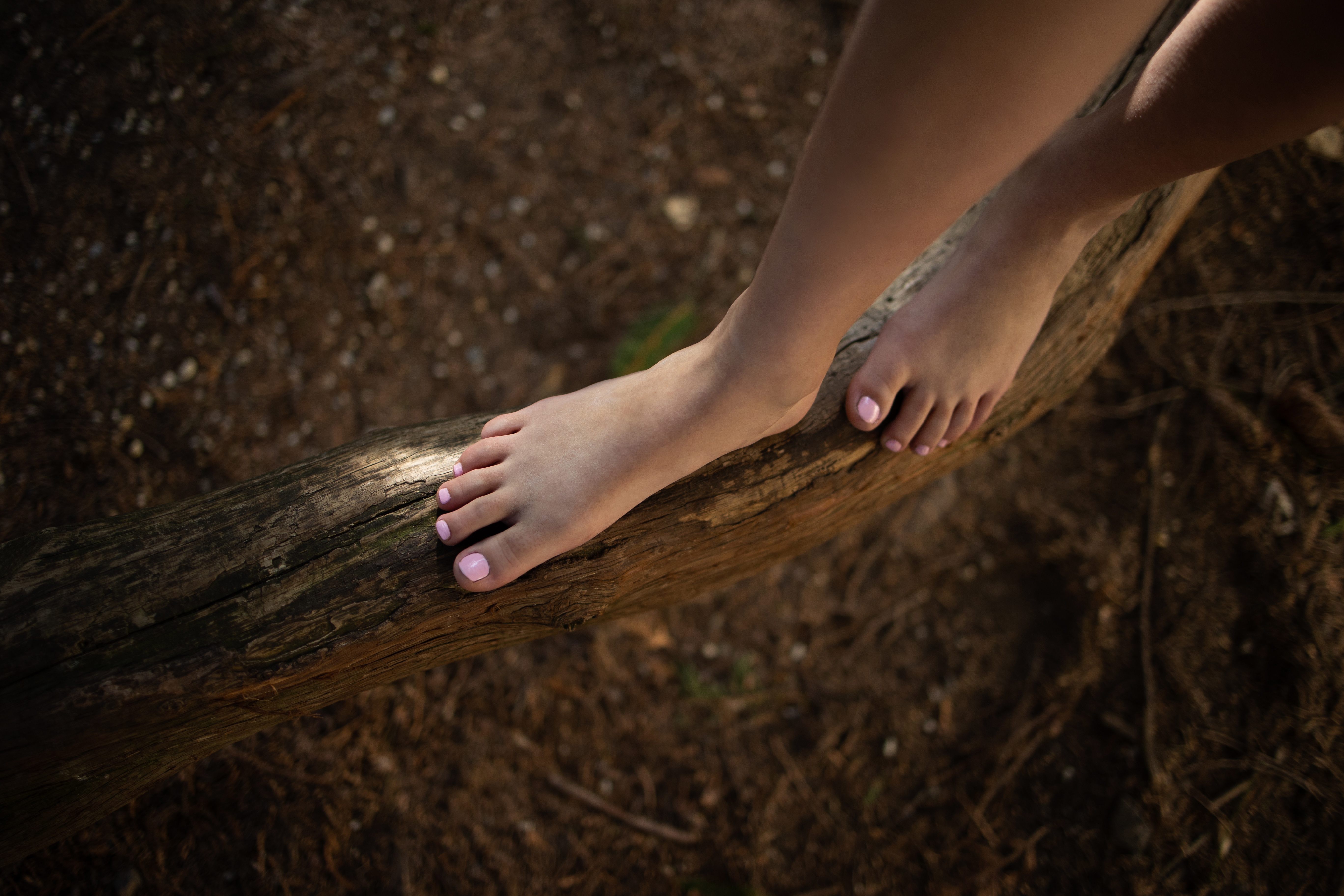
Can barefoot shoes help prevent bunions or hammer toes?
+ -Yes. They allow the toes to spread naturally, reducing compression that causes deformities.
How can I prevent plantar fasciitis?
+ -Maintain a healthy weight, stretch regularly, and wear shoes that allow a natural midfoot strike.
What’s the best footwear for everyday comfort?
+ -Shoes with a flexible sole, zero heel elevation, and a wide toe box — features found in barefoot footwear.
Are barefoot shoes suitable for all ages?
+ -Yes, but adaptation should be gradual, especially for those new to minimalist shoes.
 DE / USD
DE / USD

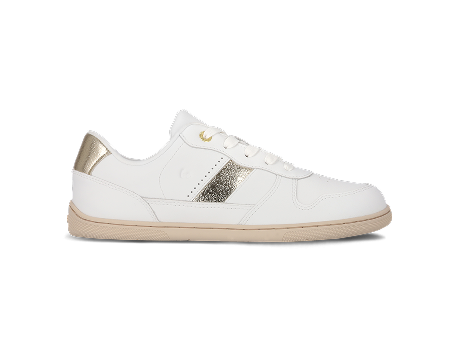

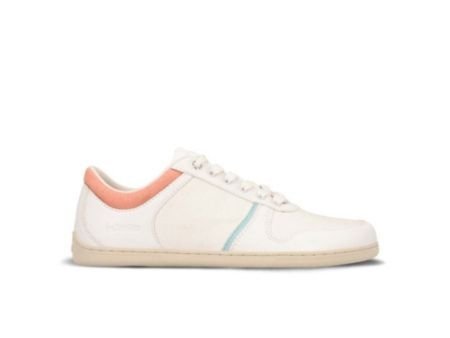
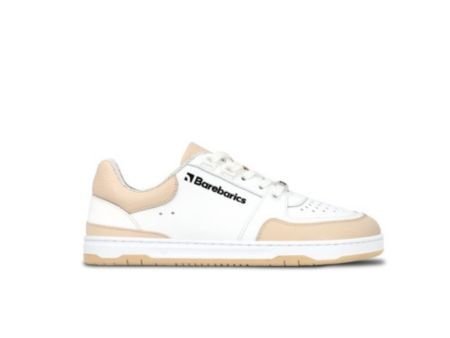

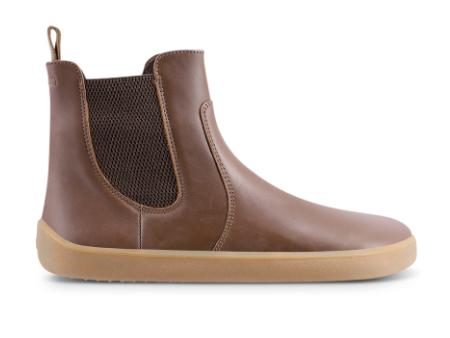


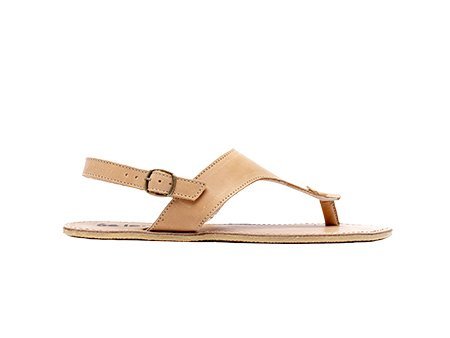
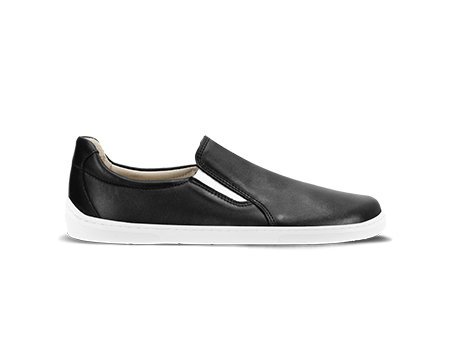

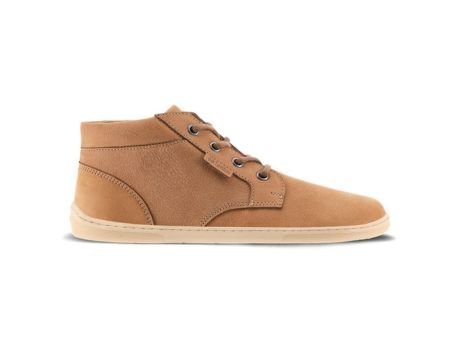

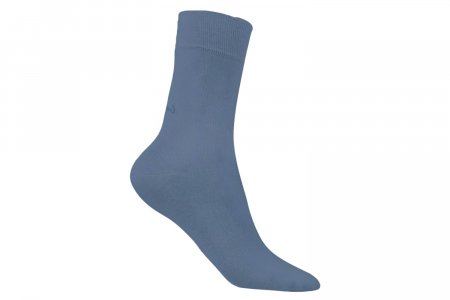
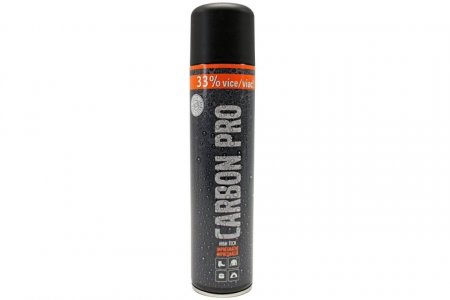
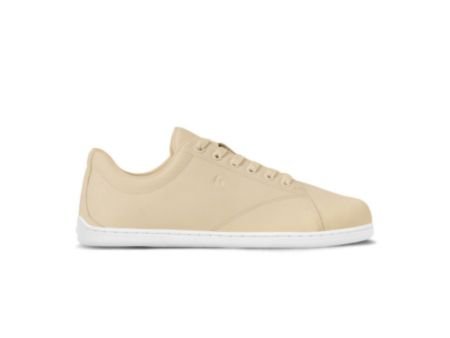
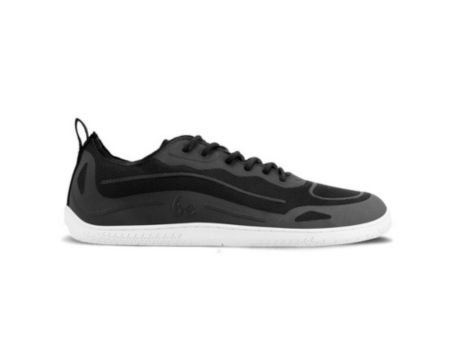
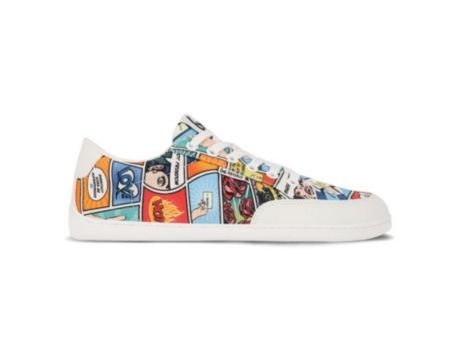

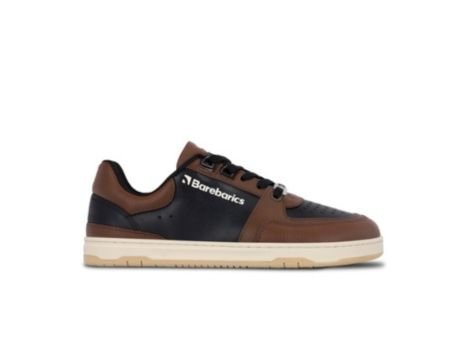


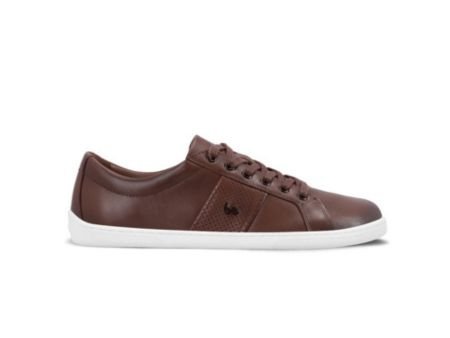
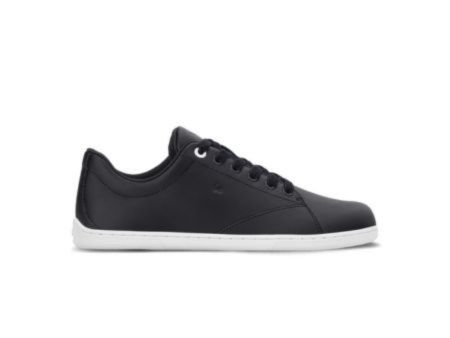
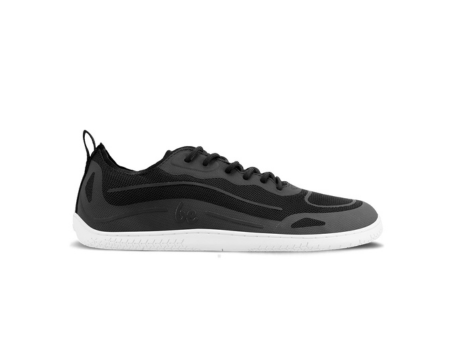

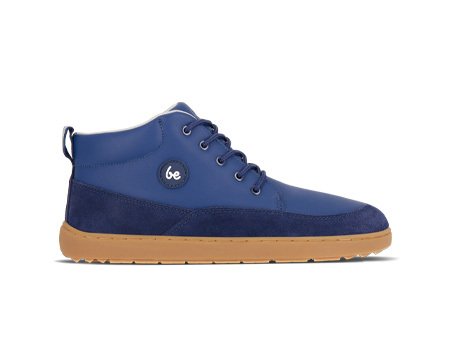

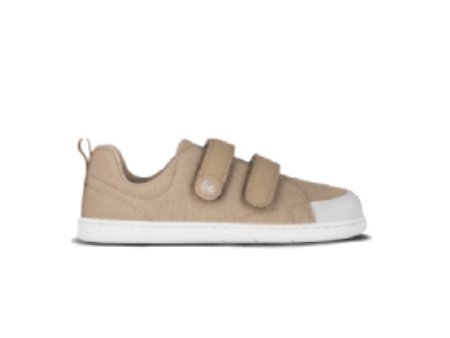

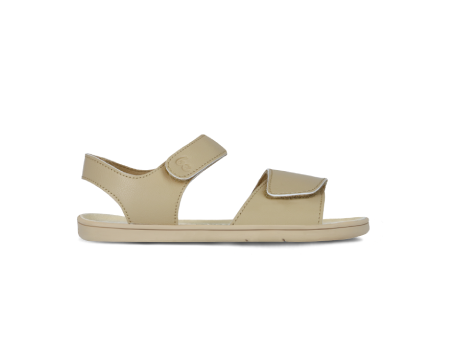
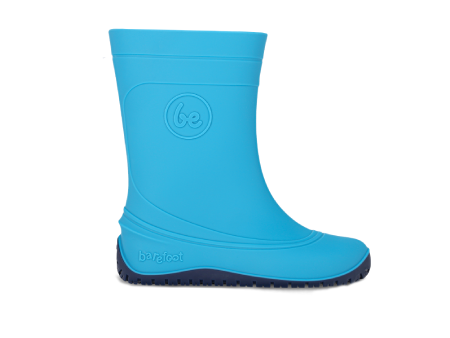
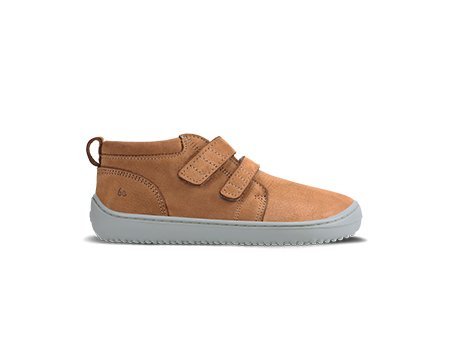
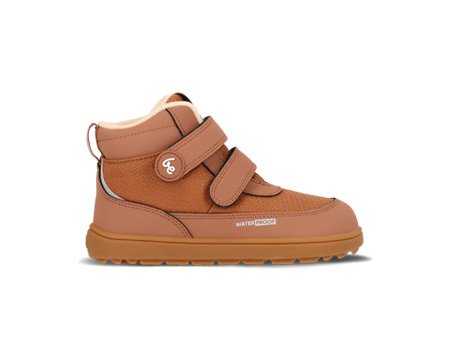
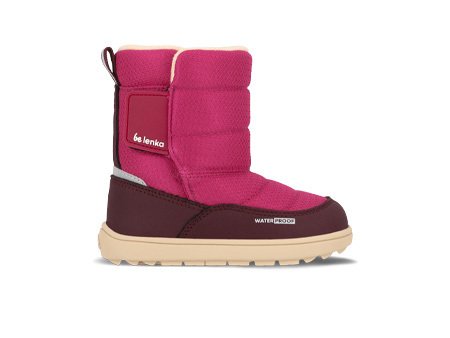

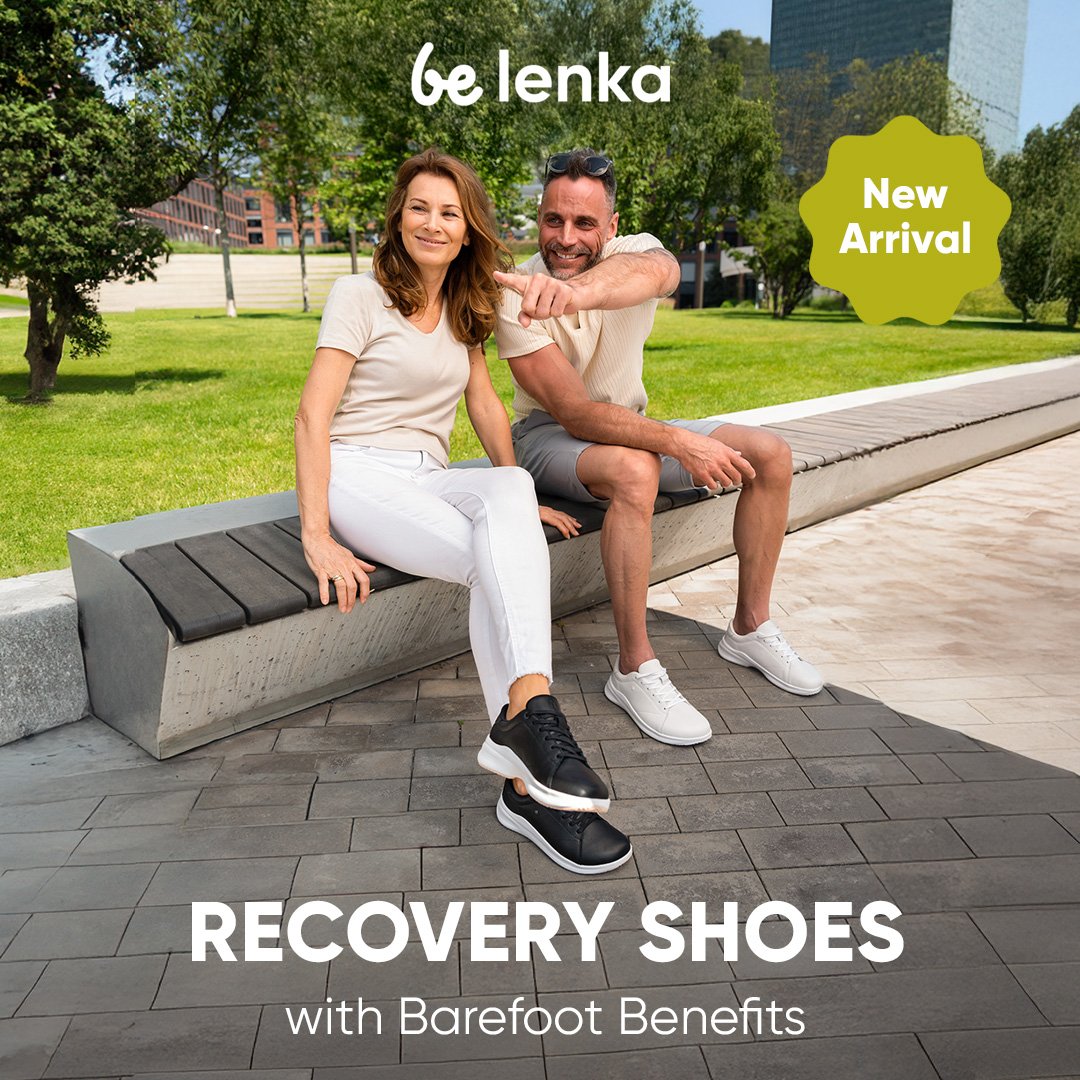
 Be Lenka
Be Lenka


